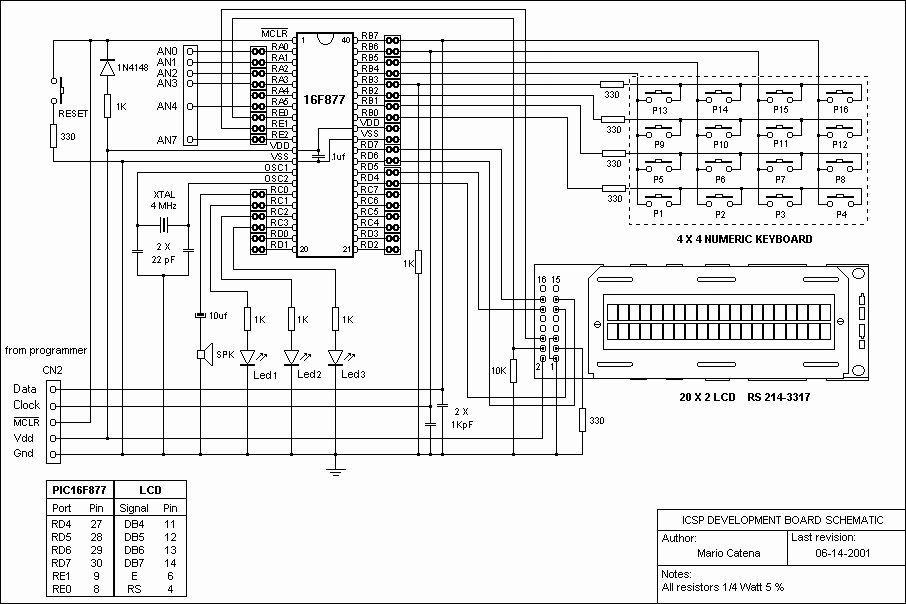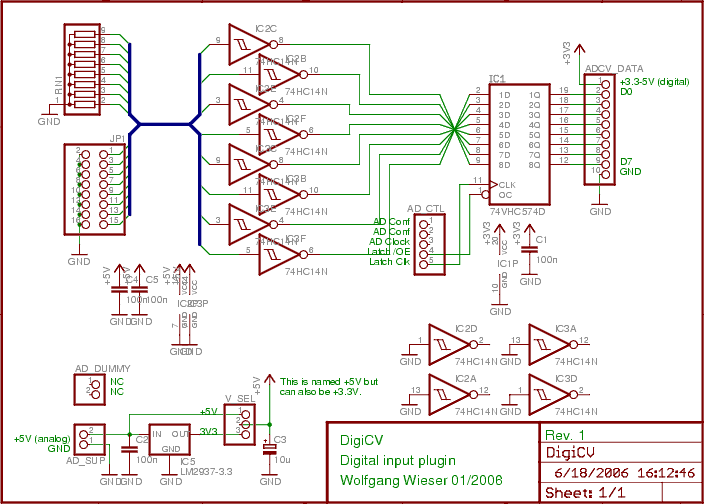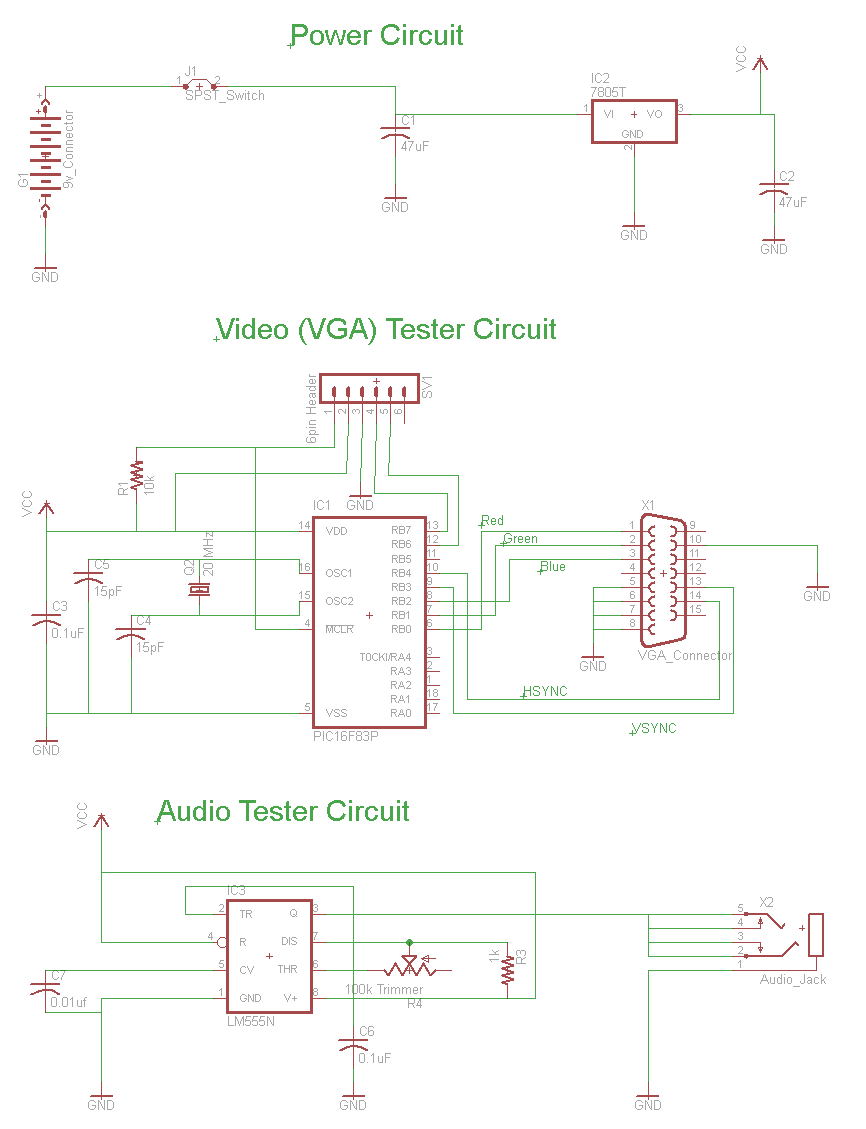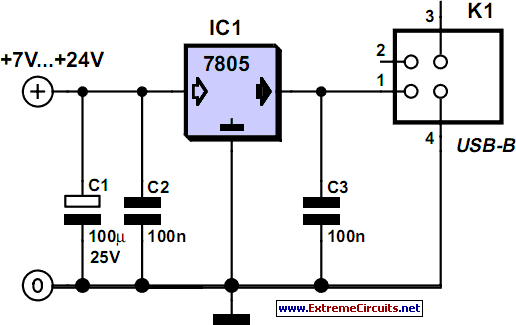
USB PICKit2 programmer

A schematic of a board featuring the PIC16F84 microcontroller, along with other compatible PIC microcontrollers that can be connected to the USB PICKit2 programmer. Additionally, there are concerns regarding the potential damage to the programmer when experimenting with oscillator frequencies on a demo board equipped with an F917 chip, which includes an internal oscillator. There are also inquiries about the necessity of including a crystal oscillator for the PIC16F84 when connecting it to the PICKit2 programmer to prevent damage.
The schematic in question illustrates a circuit designed around the PIC16F84 microcontroller, a popular 8-bit microcontroller from Microchip Technology. This microcontroller is capable of interfacing with various other PIC devices and can be programmed through the USB PICKit2 programmer. The schematic should incorporate the necessary connections for power supply, ground, and programming signals to facilitate communication between the PIC16F84 and the PICKit2.
In the context of using the PIC16F84, it is essential to note that this microcontroller does not contain an internal oscillator, which necessitates the addition of an external crystal oscillator. The crystal oscillator ensures that the microcontroller operates at the desired clock frequency, which is critical for accurate timing and performance. The schematic should include a crystal oscillator circuit, typically consisting of a crystal component, two load capacitors, and the appropriate connections to the oscillator pins of the PIC16F84.
Regarding the use of the F917 chip, caution is advised when experimenting with oscillator frequencies. The F917 chip features an internal oscillator, which may cause issues with the USB PICKit2 programmer if the oscillator frequency is set outside its operational specifications. Such experimentation could potentially lead to the programmer failing to recognize the chip, resulting in programming failures. It is crucial to adhere to the recommended frequency settings for the internal oscillator to avoid any adverse effects on the programming process.
When connecting the PIC16F84 to the PICKit2 programmer, the inclusion of the crystal oscillator circuit is vital to ensure proper functionality. The crystal oscillator will provide the necessary clock signal for the microcontroller to operate effectively. If the circuit is designed correctly, the PICKit2 programmer should operate without risk of damage, allowing for safe programming of the PIC16F84 microcontroller. Proper attention to these details will facilitate a robust and reliable design for development and experimentation with PIC microcontrollers.schematic of board with PIC16F84 and also other PICs which can be connected to this USB PICKit2 programmer If someone has such please show me, i`d appreciate it, thanks. another question is i heard that if i experiment with oscillator ffrequency on my demo board with F917 chip (it has internal oscillator) my USB of programmer
may be spoiled, and it wont see the chip. why is it so and if i connect another board with PIC16F84 to my PICKit2 programmer, i will also need to place CRYSTAL part there, cuz F84 has no oscillator, if i do it, my PICKit2 programmer wont be spoiled 🔗 External reference
The schematic in question illustrates a circuit designed around the PIC16F84 microcontroller, a popular 8-bit microcontroller from Microchip Technology. This microcontroller is capable of interfacing with various other PIC devices and can be programmed through the USB PICKit2 programmer. The schematic should incorporate the necessary connections for power supply, ground, and programming signals to facilitate communication between the PIC16F84 and the PICKit2.
In the context of using the PIC16F84, it is essential to note that this microcontroller does not contain an internal oscillator, which necessitates the addition of an external crystal oscillator. The crystal oscillator ensures that the microcontroller operates at the desired clock frequency, which is critical for accurate timing and performance. The schematic should include a crystal oscillator circuit, typically consisting of a crystal component, two load capacitors, and the appropriate connections to the oscillator pins of the PIC16F84.
Regarding the use of the F917 chip, caution is advised when experimenting with oscillator frequencies. The F917 chip features an internal oscillator, which may cause issues with the USB PICKit2 programmer if the oscillator frequency is set outside its operational specifications. Such experimentation could potentially lead to the programmer failing to recognize the chip, resulting in programming failures. It is crucial to adhere to the recommended frequency settings for the internal oscillator to avoid any adverse effects on the programming process.
When connecting the PIC16F84 to the PICKit2 programmer, the inclusion of the crystal oscillator circuit is vital to ensure proper functionality. The crystal oscillator will provide the necessary clock signal for the microcontroller to operate effectively. If the circuit is designed correctly, the PICKit2 programmer should operate without risk of damage, allowing for safe programming of the PIC16F84 microcontroller. Proper attention to these details will facilitate a robust and reliable design for development and experimentation with PIC microcontrollers.schematic of board with PIC16F84 and also other PICs which can be connected to this USB PICKit2 programmer If someone has such please show me, i`d appreciate it, thanks. another question is i heard that if i experiment with oscillator ffrequency on my demo board with F917 chip (it has internal oscillator) my USB of programmer
may be spoiled, and it wont see the chip. why is it so and if i connect another board with PIC16F84 to my PICKit2 programmer, i will also need to place CRYSTAL part there, cuz F84 has no oscillator, if i do it, my PICKit2 programmer wont be spoiled 🔗 External reference





